Preterm Labor and Birth
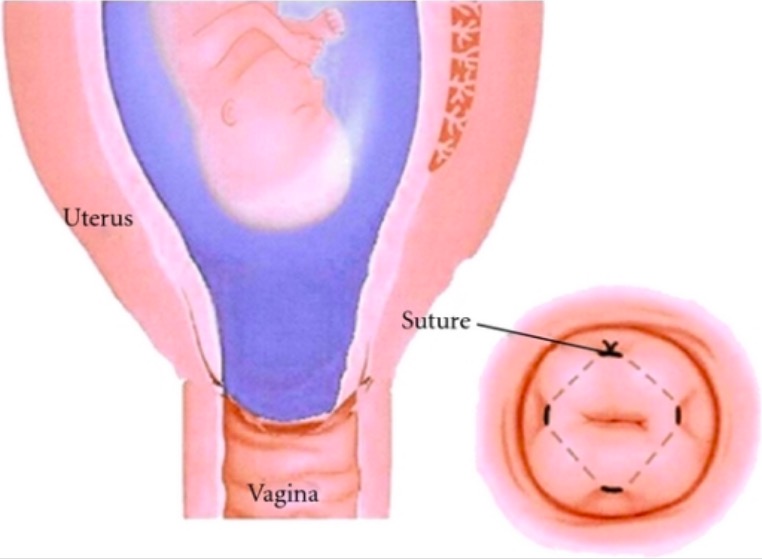
Overview Definitions Preterm labor is defined as regular uterine contractions that lead to cervical change in dilation and/or effacement prior to 37 weeks of gestation. Preterm birth is defined as birth at a gestational age of 20–37 weeks. Epidemiology Preterm labor: Preterm birth: Etiology and Risk Factors Etiology of spontaneous preterm birth Etiology of indicated […]
Endometrial Polyps
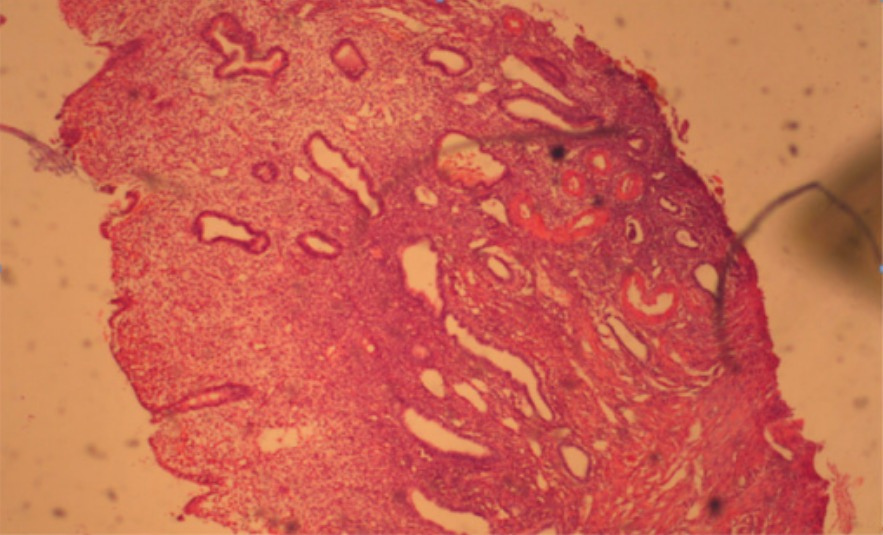
Overview Definition Endometrial polyps result from the usually benign overgrowth of endometrial glands and stroma around a central vascular stalk forming a pedunculated or sessile projection from the endometrium that can develop anywhere in the uterine cavity. Epidemiology Risk factors Classification Pathophysiology The exact mechanisms for pathogenesis are unknown, but estrogen seems to play an […]
Prelabor Rupture of Membranes
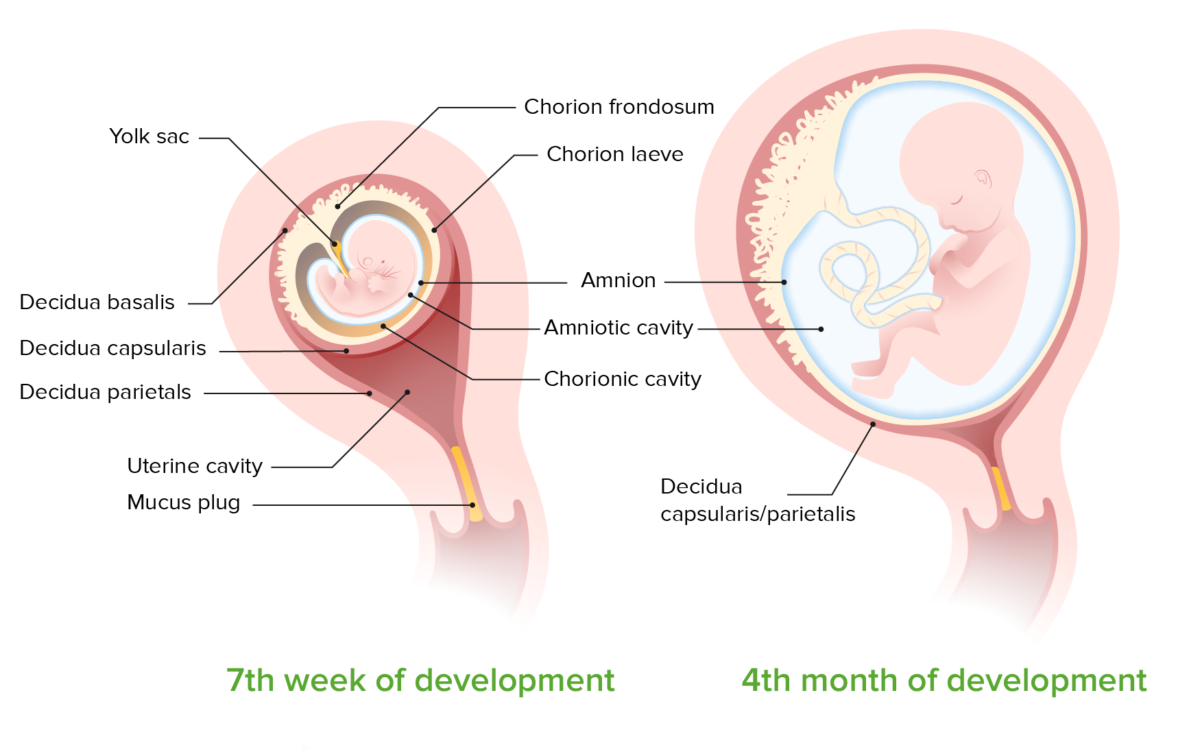
Overview Definition Prelabor rupture of membranes (PROM) is defined as the rupture of fetal membranes (the fused chorion and amnion) before the onset of labor (regular uterine contractions causing cervical change). Epidemiology Prelabor rupture of membranes complicates approximately 2%–3% of pregnancies. Risk factors: Genital tract infections (e.g., bacterial vaginosis) PROM or preterm delivery in previous […]
Adenomyosis
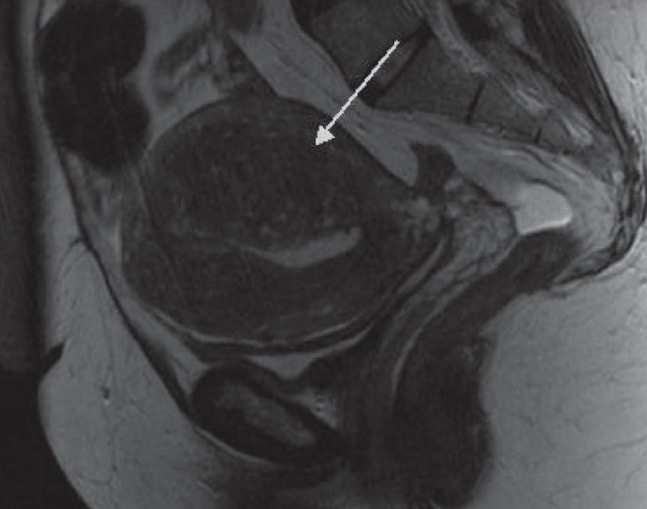
Overview Definition Adenomyosis is the presence of ectopic endometrial glands and stroma located within the myometrium: Epidemiology Etiology The exact etiology is unknown. Risk factors Pathophysiology Inappropriate endometrial tissue proliferation within the myometrium can lead to heavy menstrual bleeding (HMB) and dysmenorrhea. Pathophysiology of HMB Pathophysiology of dysmenorrhea Clinical Presentation Symptoms Physical exam Physical exam […]
Chorioamnionitis
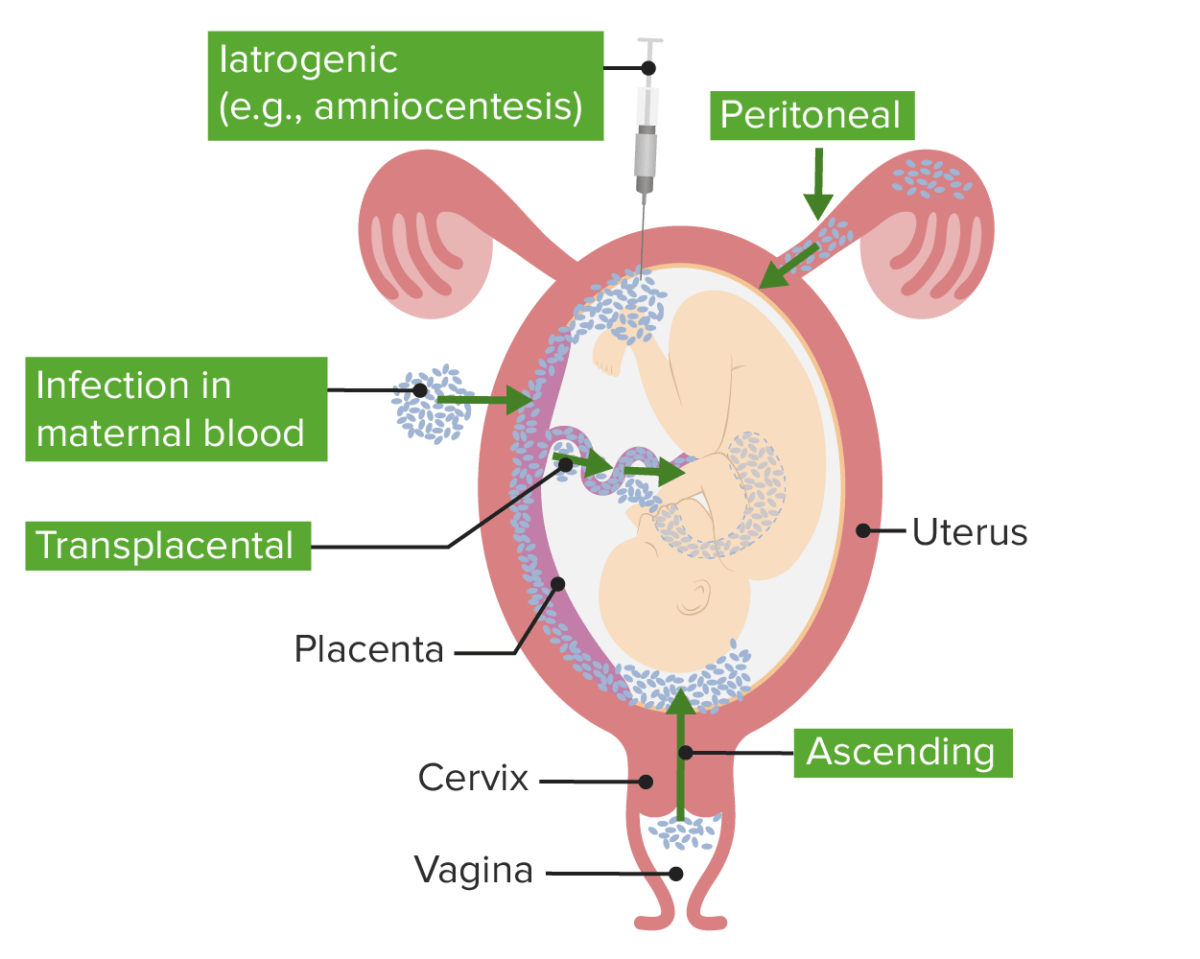
Definition and Epidemiology Definition Also known as intraamniotic infection (IAI), chorioamnionitis is an infection, and resulting inflammation, of any combination of the fetal membranes (chorion and amnion), amniotic fluid, placenta, umbilical cord (funisitis), and/or the fetus. Epidemiology Chorioamnionitis is the most common cause of peripartum infection, with the following incidence rates: Etiology Intraamniotic infection and […]
Abnormal Uterine Bleeding
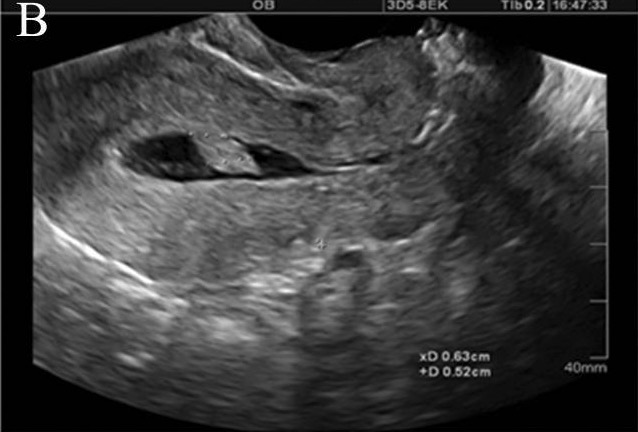
Epidemiology and Definitions Epidemiology Abnormal uterine bleeding (AUB): Normal menstrual bleeding Abnormal uterine bleeding Updated nomenclature Owing to the previous lack of consistency in terminologies surrounding AUB, a new system was developed in 2011 to describe and classify AUB. Table: Traditional and updated terminology Old term New preferred term Oligomenorrhea Infrequent uterine bleeding Polymenorrhea Frequent […]
Uterine Leiomyoma and Leiomyosarcoma
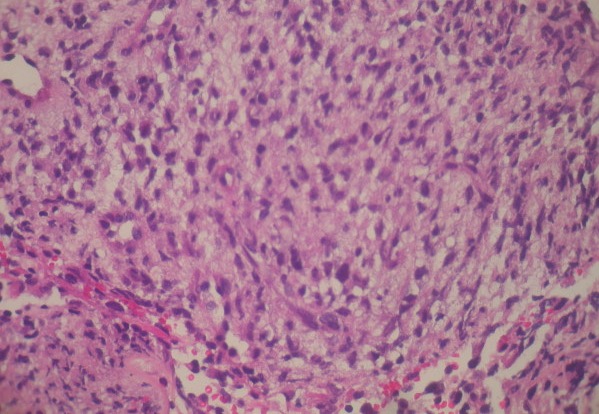
Epidemiology Leiomyomas are benign, smooth muscle tumors arising from the uterine myometrium, whereas leiomyosarcomas are aggressive, malignant tumors of the myometrium. Leiomyoma Leiomyosarcoma Pathophysiology Leiomyoma Predisposing factors: Classification: Leiomyosarcoma Patterns: Differentiated from leiomyomas by the degree of: Predisposing factors: Clinical Presentation Presentations of leiomyoma and leiomyosarcoma can be clinically indistinguishable. Both leiomyoma and leiomyosarcoma may […]
Cervical Cancer
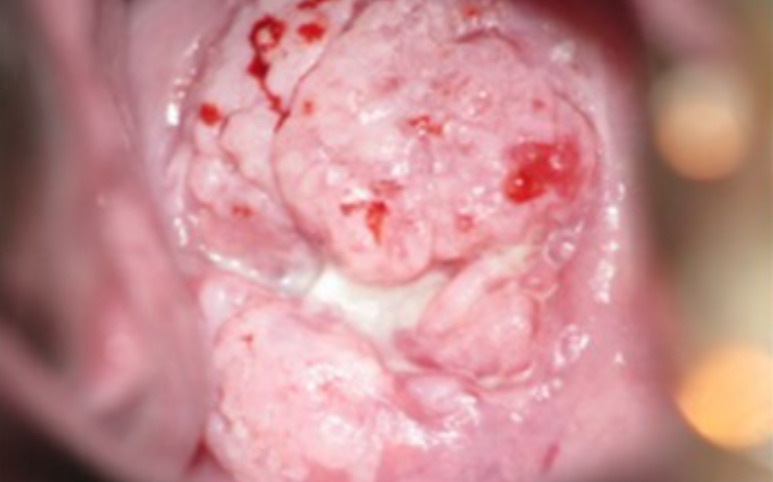
Epidemiology and Risk Factors Epidemiology Risk factors High-risk human papillomaviruses (hrHPVs, “oncogenic viruses”) are strongly associated with high-grade lesions and progression to invasive cancer. HPV-related: Non–HPV-related: Pathophysiology Human papillomavirus Pathogenesis Pathology of precursor lesions SIL classification: Gross appearance of HSIL: Microscopic appearance: Pathology of invasive carcinomas Gross appearance: Microscopic appearance: Clinical Presentation General Advanced disease […]
Fibrocystic Change
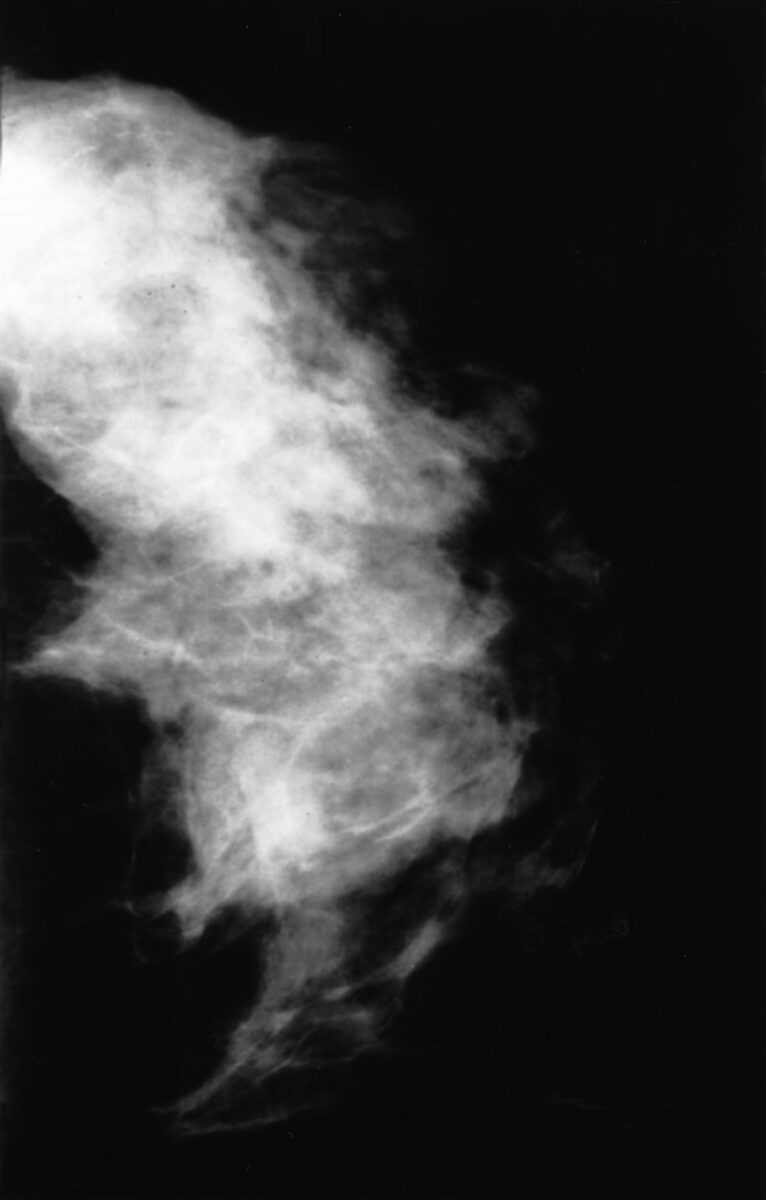
Overview Definition A non-specific term without a universally agreed upon definition Refers to benign changes in the breasts, particularly fibrosis and cysts Not associated with an increased risk of breast cancer Classification of benign breast lesions Non-proliferative lesions Classic fibrocystic changes Examples: Fibrosis Cysts Adenosis (↑ number of acini per lobule) Proliferative lesions without atypia […]
Mastitis
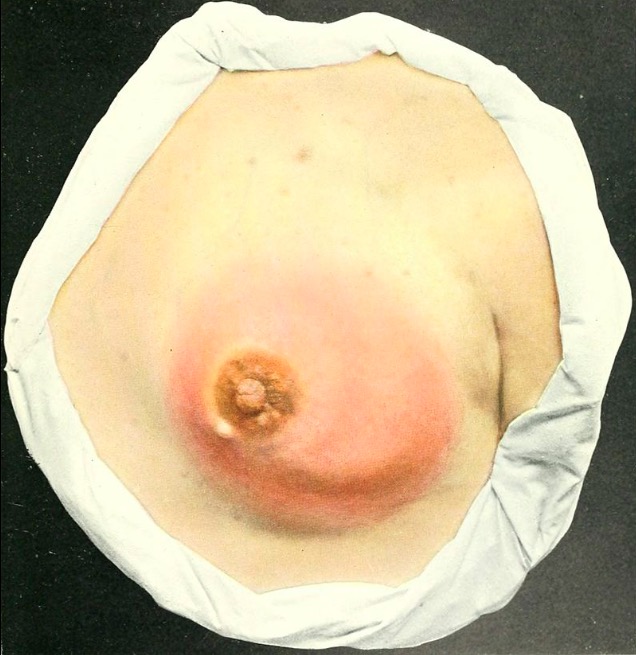
Overview Definition Mastitis refers to inflammation of the breast that may or may not be associated with infection. Classification Epidemiology Etiology and Pathophysiology Lactational mastitis Non-lactational mastitis Periductal mastitis: IGM: Clinical Presentation General Lactational mastitis Periductal mastitis IGM Diagnosis Lactating mothers Non-lactating women Periductal mastitis: IGM: Management Lactational mastitis Non-lactational mastitis Periductal mastitis: IGM: Differential […]